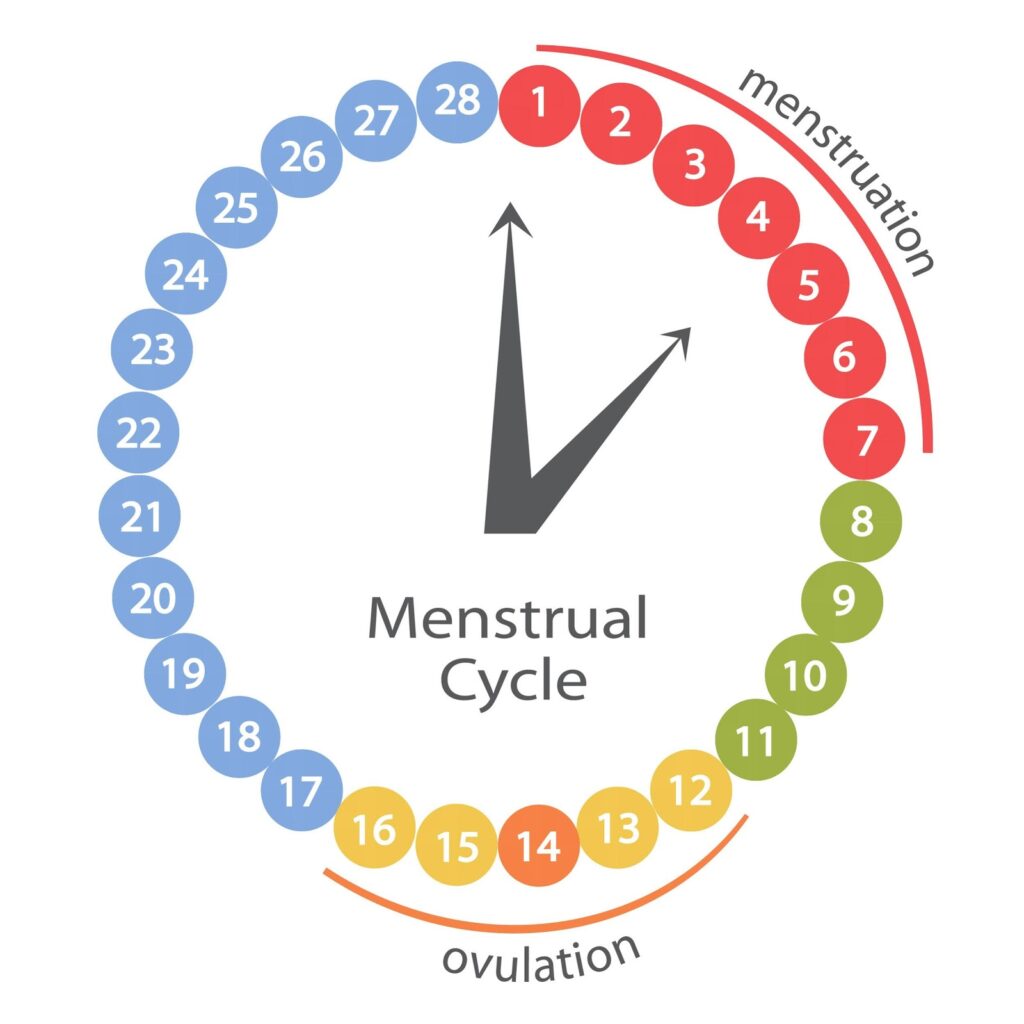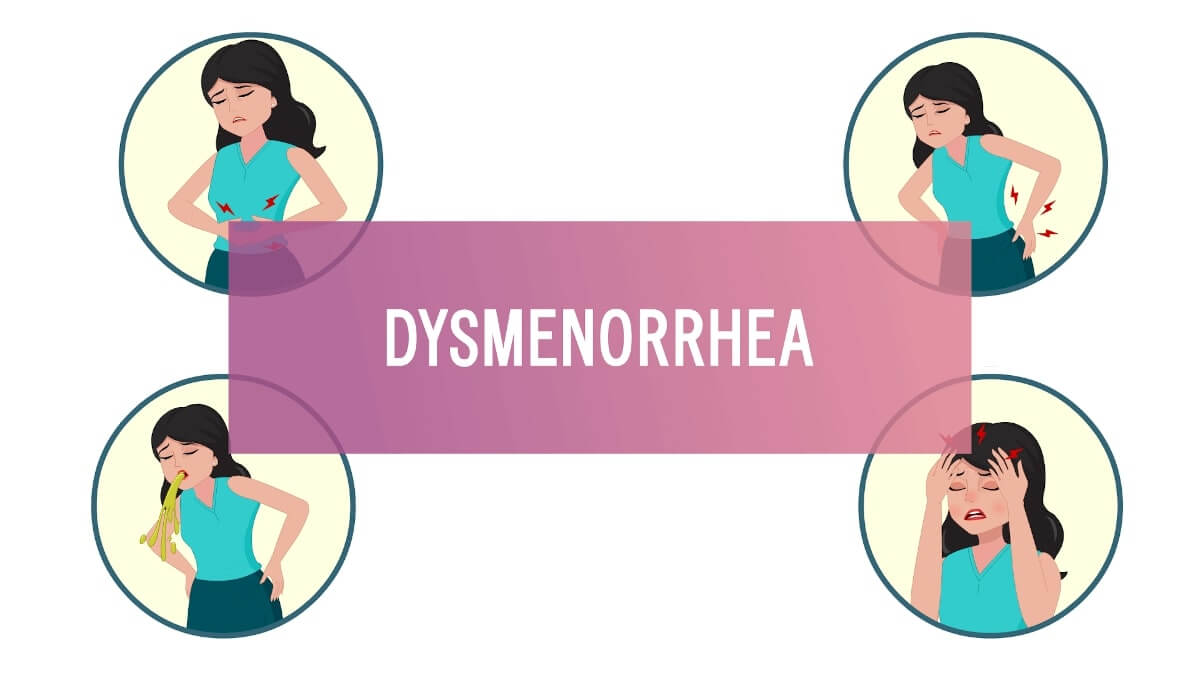The beginning of periods is one of the important milestones in the life of an adolescent girl.
It is a transition phase from childhood to adulthood. The first period may begin unexpectedly, but one should always remember that it follows a sequence of physical changes brought about by hormonal changes
and involves psychological and emotional changes too culminating in the event known as period or menstruation. It is natural process of growing up for girls.
During periods, also known as menstruation, bleeding occurs as the lining of the uterus is shed along with blood which comes out through vagina. Menstruation normally starts when a girl is between 9 – 14 years old but this can differ. Some girls can start menstruation earlier than 9 years while some can start later than 14 years old.
As a girl transitions towards adolescence, significant body changes happen, which signal that periods will start soon. Some of them are
- Breast development which starts between the ages of 8 – 13 years.
- Widening of hips
- Gain in height
- Pimples, sweat &peculiar body odour due to hormonal activity
- Between the age of 10 to 14, hair begins to grow in the genital area and armpits.
- During puberty, girls also may feel overly sensitive, emotional or upset
- Excess vaginal discharge, mucus-like, staining the underwear or felt by the girl, this discharge usually begins about 6 months to a year before a girl gets her first period.
Periods are a culmination of a natural process involving which the female reproductive system and signify that with the start of periods, a girl can potentially become pregnant if she has unprotected sex. Periods usually last for about 5 days, however, it may vary among girls and can be between 3 to 7 days.


What Causes a Period?
A period happens because of hormonal changes in the body. It follows a cyclical process as explained below:
- Every month, a woman’s body produces an egg.
- In the middle of the cycle (day 12-15 in a 28-day cycle) one of the ovaries releases the egg. This is called ‘ovulation.
- The egg moves into the womb or uterus through the fallopian tube. At the same time, the body tissues and blood cells start lining the walls of the uterus.
- If the egg is not fertilized, the uterus lining breaks down and bleeds, causing a period.
- If the egg is fertilized by a sperm cell, it attaches to the wall of the uterus, where over time it develops into a baby.
- Once an egg is released, the process starts again.
The next period begins about 21- 28 days after the previous period. This 28-day cycle is called the period or menstrual cycle, which covers ovulation, fertility, and periods. The length of the cycle is measured from the first day of the period to the day before the next period.
For the first few years after a girl starts her period, girls may have irregular periods, which is normal. By about 2–3 years after the first period, a girl’s periods should regularise and come around once every 4–5 weeks.
One should always use the calendar to mark the dates when the next period is due, to be better prepared. However, there are different things that girls experience as well that can make them know that the period will start soon.
Some of the signs are:
- Cramping, bloating, body aches and sore breasts
- Craving for food, salty and or sweet
- Mood swings, irritability, headache and fatigue
Conclusion
Periods are a natural, healthy part of a girl’s life and one should not be embarrassed or afraid of periods. It is a normal development as a girl reaches her adolescence and becomes part of her monthly routine. Periods should not get into the way of doing physical activities, having fun, and enjoying a day to day life.
Special Thanks to Dr. D.KIRANMAI (MD, FICOG, SENIOR CONSULTANT OBG) for the expert advice.






